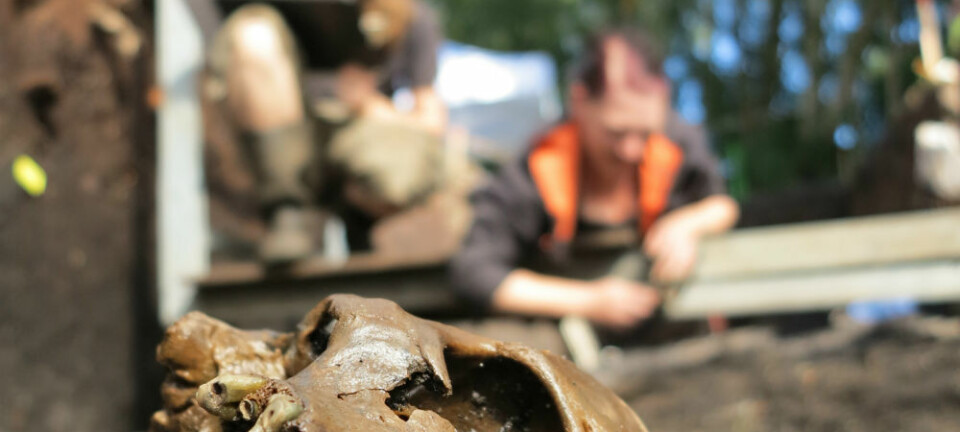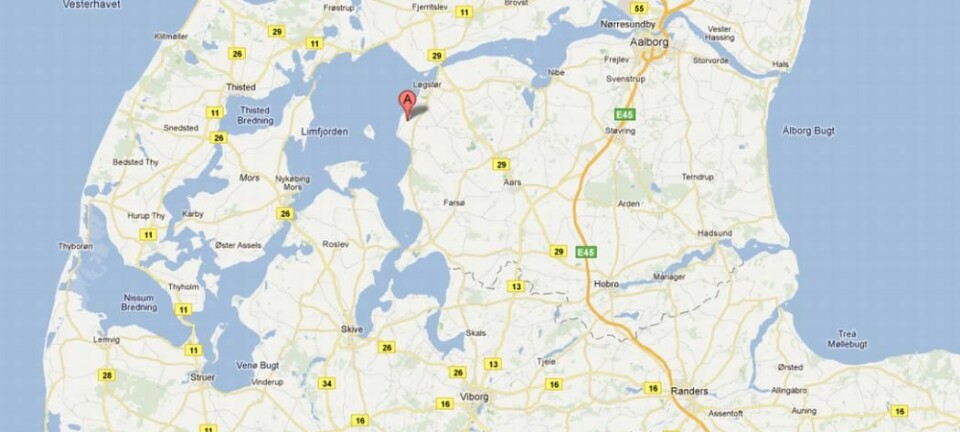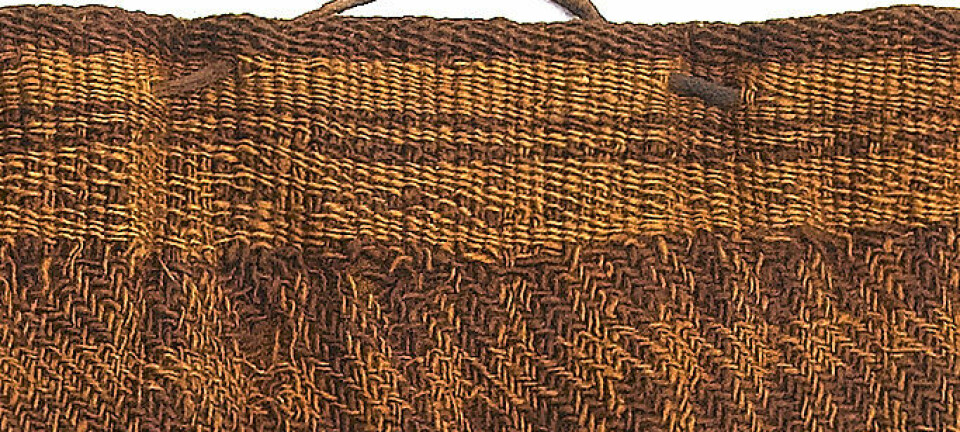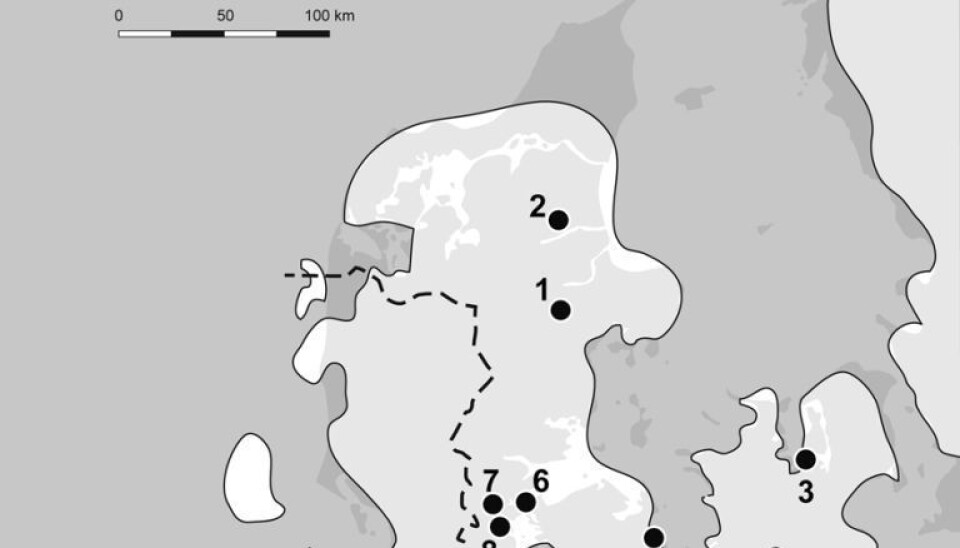
How far north did the Neanderthals go?
Archaeologists are disagreeing about whether or not the Neanderthals travelled all the way up to Scandinavia. A new research project seeks to settle the dispute once and for all.
The National Museum of Denmark houses a cast of a pile of seemingly insignificant bones.
They are neither from dinosaurs nor mammoths, but from ordinary deer. What’s special about them is that since 1955 they have been regarded as evidence that the Neanderthals moved on from Germany all the way up to Denmark.
However, this research-based conclusion – that only a food-loving, bone-breaking Neanderthal could have worked up these old roe deer bones – was recently dismissed by a research team from Aarhus University that specialises in genetic engineering.
So the question remains: did the Neanderthals ever make it all the way north to Denmark, or did they go no farther north than to Germany?
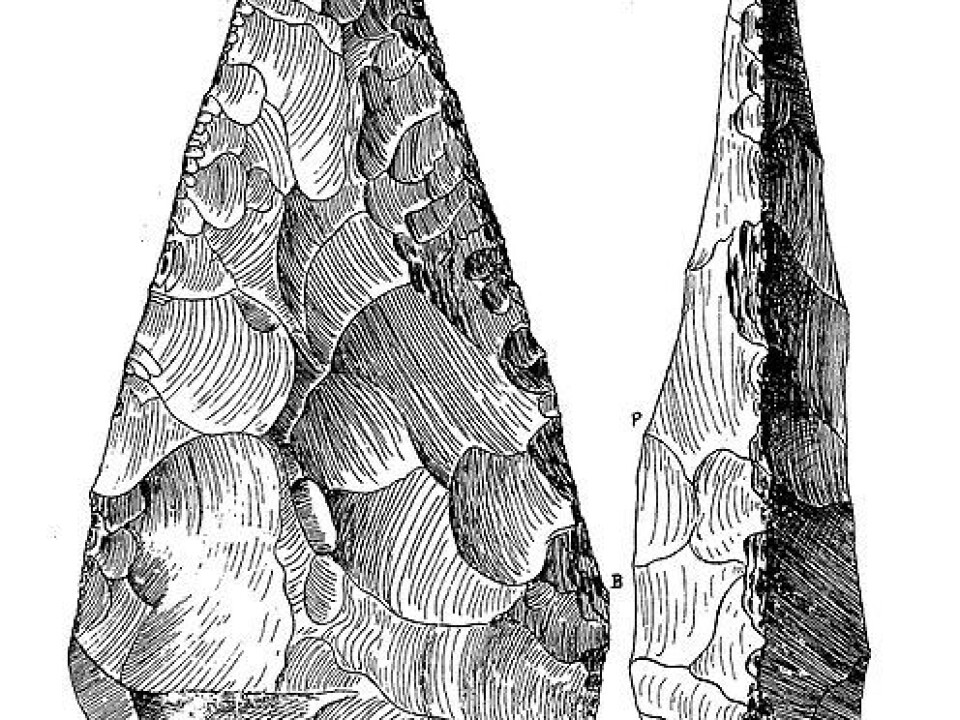
The reliable find discovered nearest to the Scandinavian countries comes from Lehringen in Germany, only 300 kilometres south of the Danish border, explains PhD student Trine Kellberg Nielsen, who was part of the research team that eliminated the roe deer bone theory.
She is now working on her own research project, which will adopt an entirely new approach to find out whether the Neanderthals ever made it to Denmark thousands of years ago – both during the period known as the Eemian and even further back. The Eemian is the interglacial period that started 130,000 years ago and ended 16,000 years later.
Nielsen will not be looking for evidence in bones. Rather, she will start by reconstructing the landscape to what it looked like during glacial and interglacial periods. This may reveal whether and when it was possible for the Neanderthals to make it all the way north to Denmark.
”We are currently working on reconstructing the topography,” she says. ”We know for instance that the water levels were high during the Eemian interglacial period. It has almost certainly been higher than it is today, and that means there were periods when Denmark and Germany were separated by water.”
We know for instance that the water levels were high during the Eemian interglacial period. It has almost certainly been higher than it is today, and that means there were periods when Denmark and Germany were separated by water.
The question, then, is: has this amount of water been enough to stop the Neanderthals from going farther north.
How much water does it take to stop a Neanderthal?
The Neanderthals probably didn’t have much trouble crossing small waterways. But Nielsen says researchers are now quite confident that the Neanderthals did not reach England during the Eemian interglacial period. This was probably due to the water levels back then being so high that it wasn’t possible for them to travel from the European continent to England.
Since wide belts of water were a barrier that the Neanderthals couldn’t overcome, Nielsen will try to find out exactly how much water there actually was between the Danish peninsula of Jutland and the continent.
If successful, she will be able to compare the amount water between Jutland and the continent with places such as England, where it is believed that the Neanderthals had to surrender to the water. This could determine when the belt of water between Jutland and Germany was wider, and when it was narrower or entirely vanished.
Climate change may provide clues
I am pretty sure that the Neanderthals were in Denmark, partly due to the many finds we have from Schleswig-Holstein.
Since the climate of the past fluctuated between sauna-like and freezing cold temperatures, Nielsen will need to reconstruct the landscape in both the warm and the cold periods.
By reconstructing the belt of water, she can find out exactly at which point in the Neanderthal period the area was accessible and life conditions were reasonable. Once that has been established, she will also know when ancient hunters had the best opportunity to cross and settle down in the Danish area.
This could help her figure out which strata are most likely to contain finds that prove that the Neanderthals reached Denmark. It is the Neanderthals’ tools, and not food residues such as roe deer bones, that she will be looking for.
“Since we’re talking about something as old as this, the odds of finding preserved bones are very low. So what I’m hoping to find is a coup de poing, which is a kind of stone hand axe,” she says, adding that the tool needs to be found in a relatively unspoiled soil, the age of which the researchers can determine accurately.
The stone tool, however, is not enough.
Modern Stone Age hunters also made coups de poing
The stone hand axe that Nielsen hopes to find was one of the Neanderthals’ favourite tools. Unfortunately, they were not the only ones who used coups de poing.
So if we don’t know how old these tools are, it is not possible to say whether it was the Neanderthals or people like ourselves who made them.
“Out of the coups de poing that have been found in Denmark, less than 15 can have been used by Neanderthals. And even this is just speculative because they were found either on the surface or in mixed soil, which makes it difficult to date them.”
Without such a find in unspoiled soil that can be dated with certainty back to the Neanderthal era, before Homo sapiens reached Northern Europe, Nielsen will be unable to prove that these ancient humans at some point lived in Denmark.
The Neanderthals were in Northern Germany
There is a good chance that Nielsen will find what she’s looking for, says Dr Sönke Hartz, of the Landesmuseen Schloss Gottorf in Schleswig Holstein, Northern Germany, who has worked with finds in Northern Germany as close as 50 kilometres from the Danish border. These finds are, however, not entirely reliable.
“I am pretty sure that the Neanderthals were in Denmark, partly due to the many finds we have from Schleswig-Holstein,” he says.
“We mainly have surface finds that cannot be dated accurately. But the Neanderthals were in Lehringen, they probably were in Schleswig-Holstein, so why shouldn’t they have been a bit further up north too?” he asks and explains that the ideal find would be one like that in Lehringen because that would settle all doubts.
----------------------------
Read the Danish version of this article at videnskab.dk
